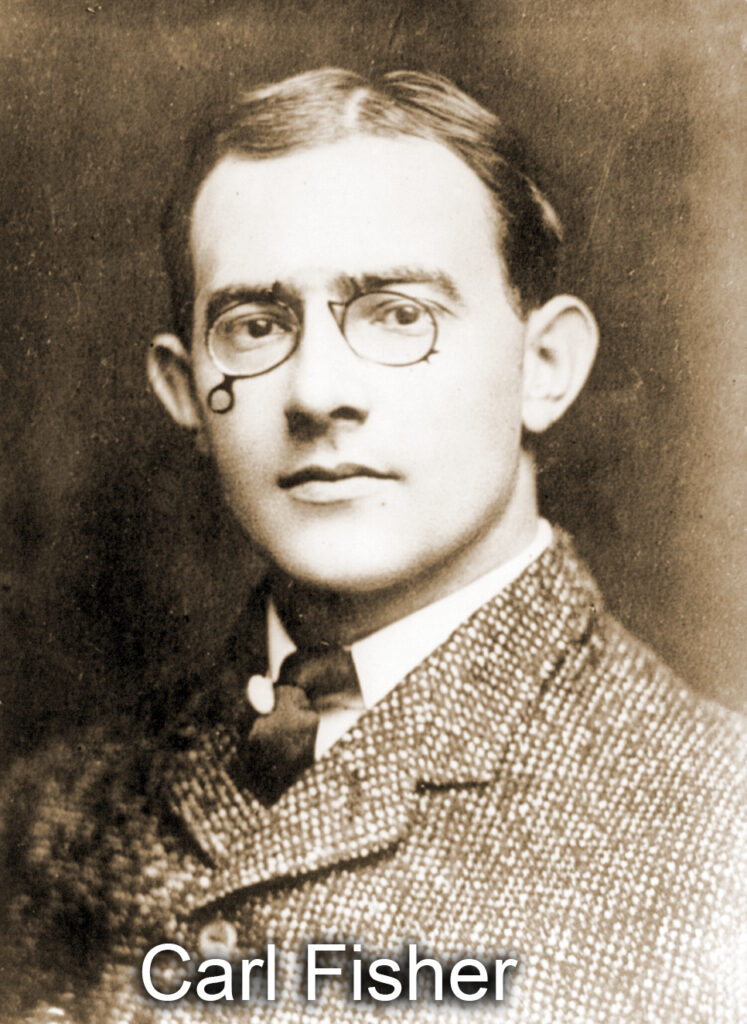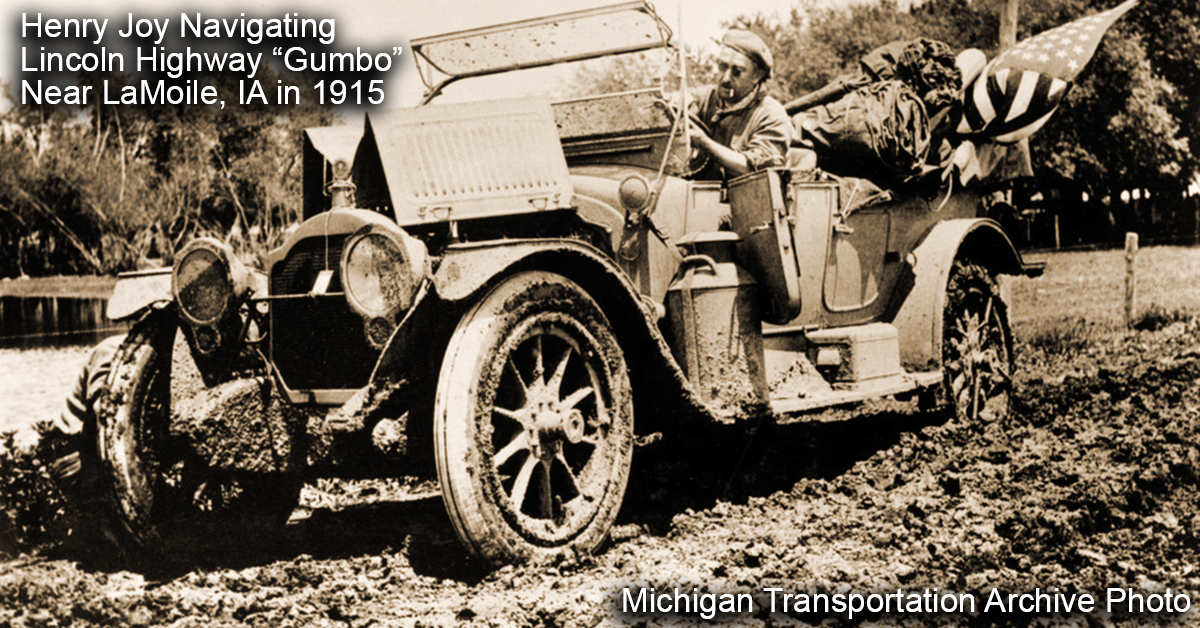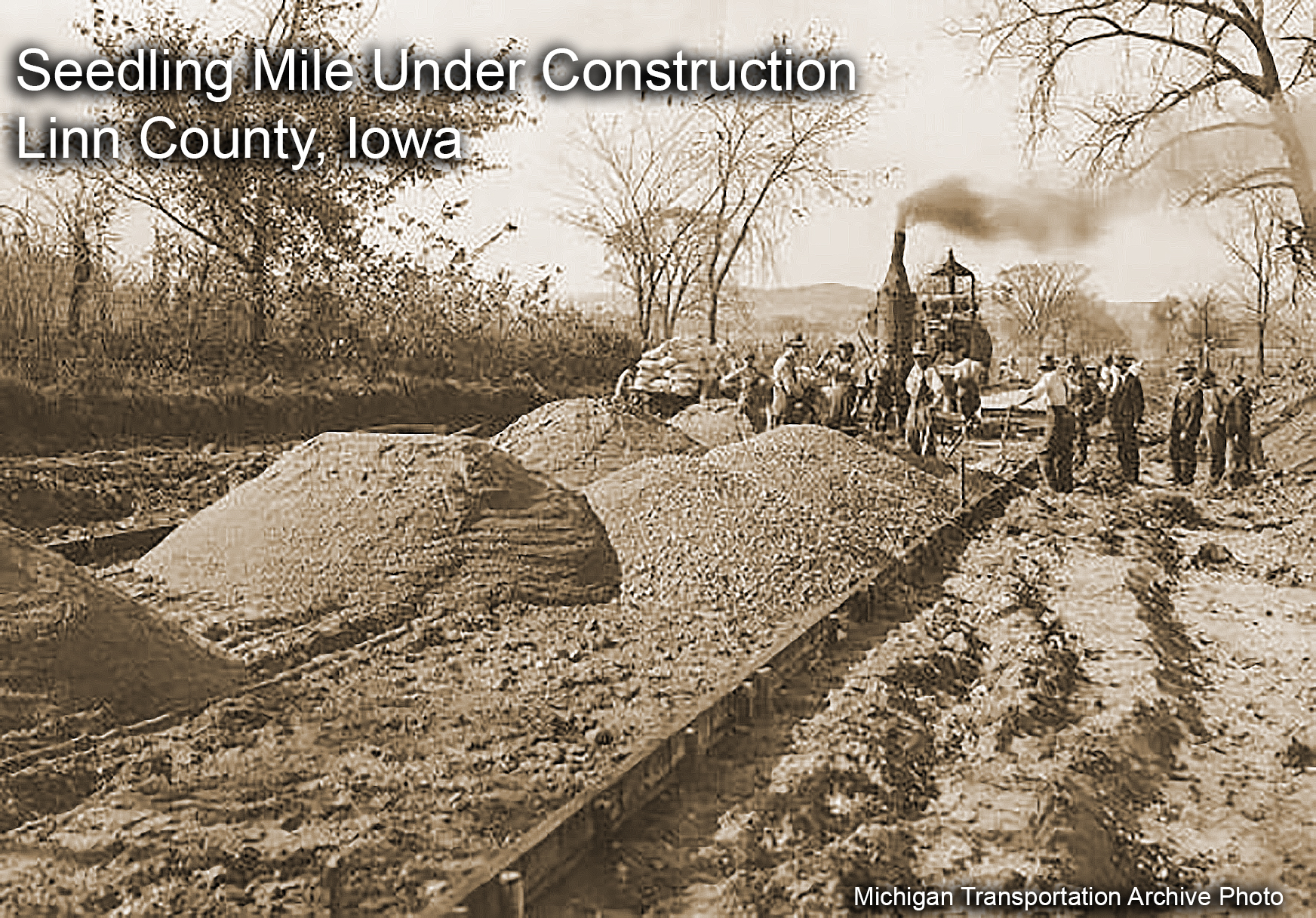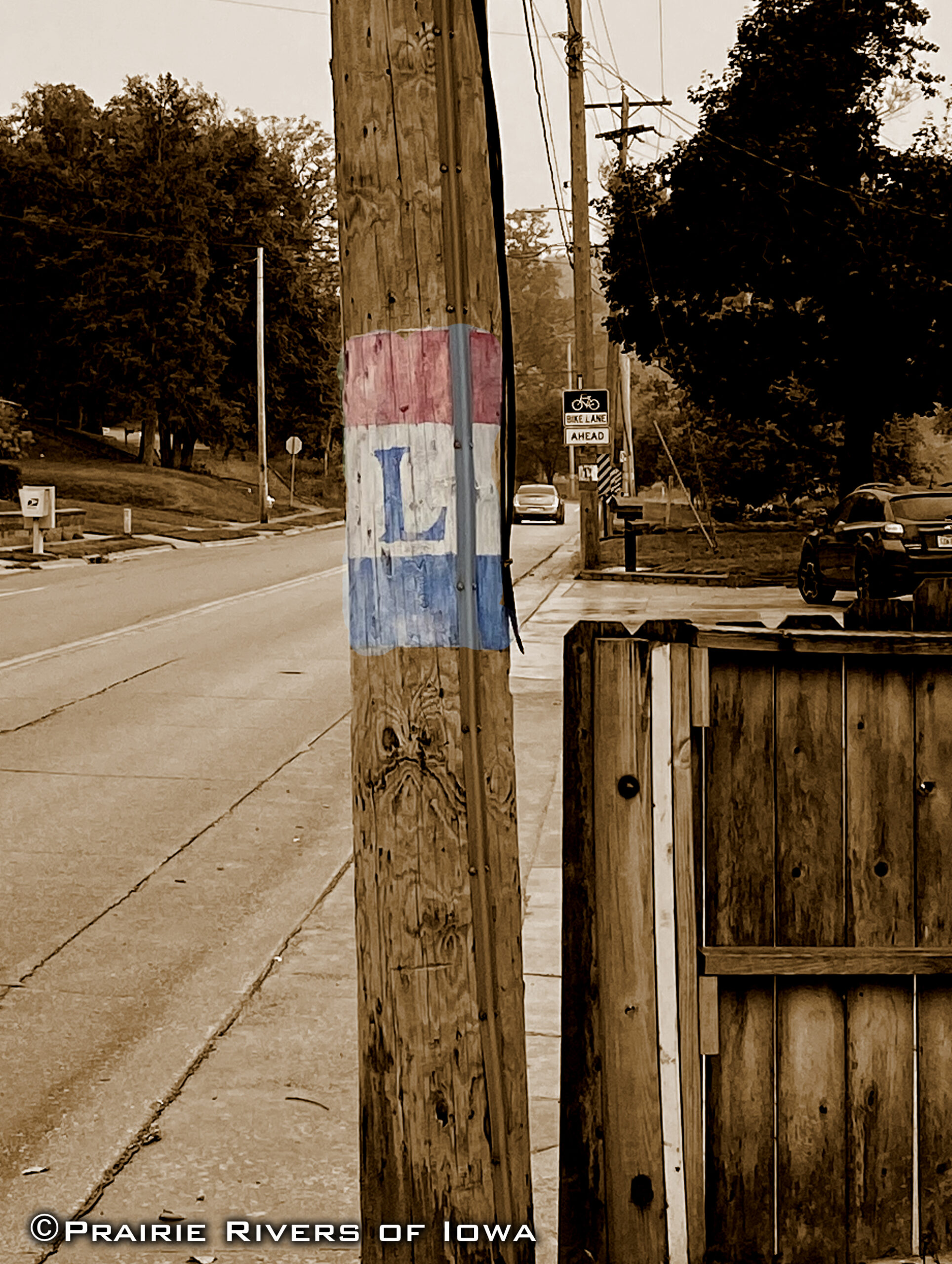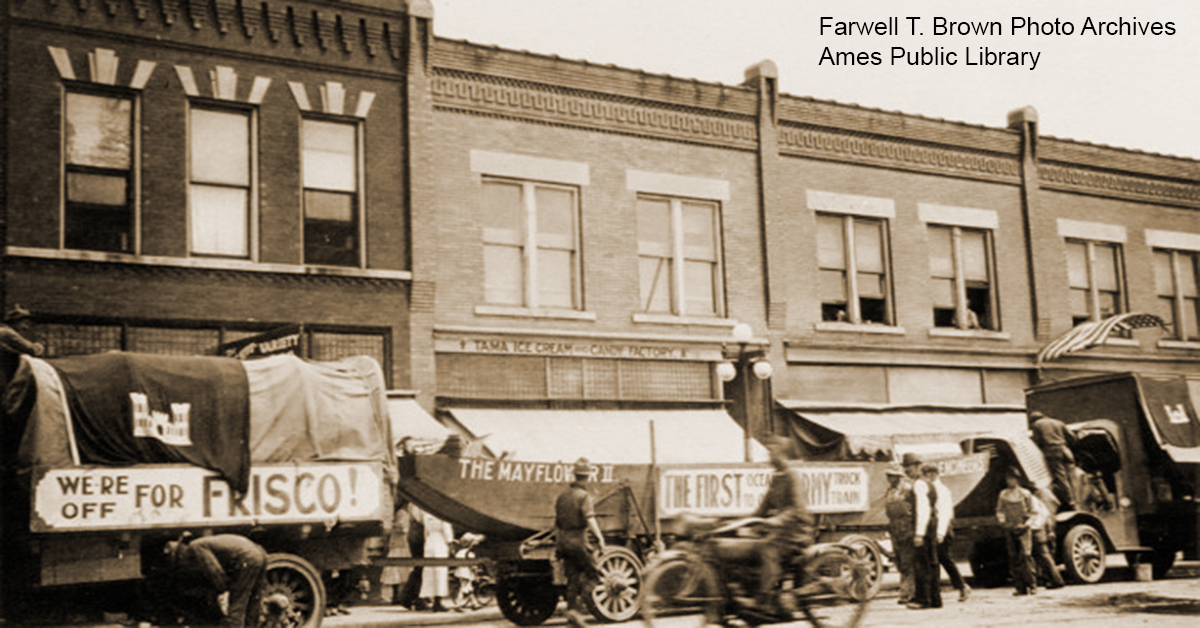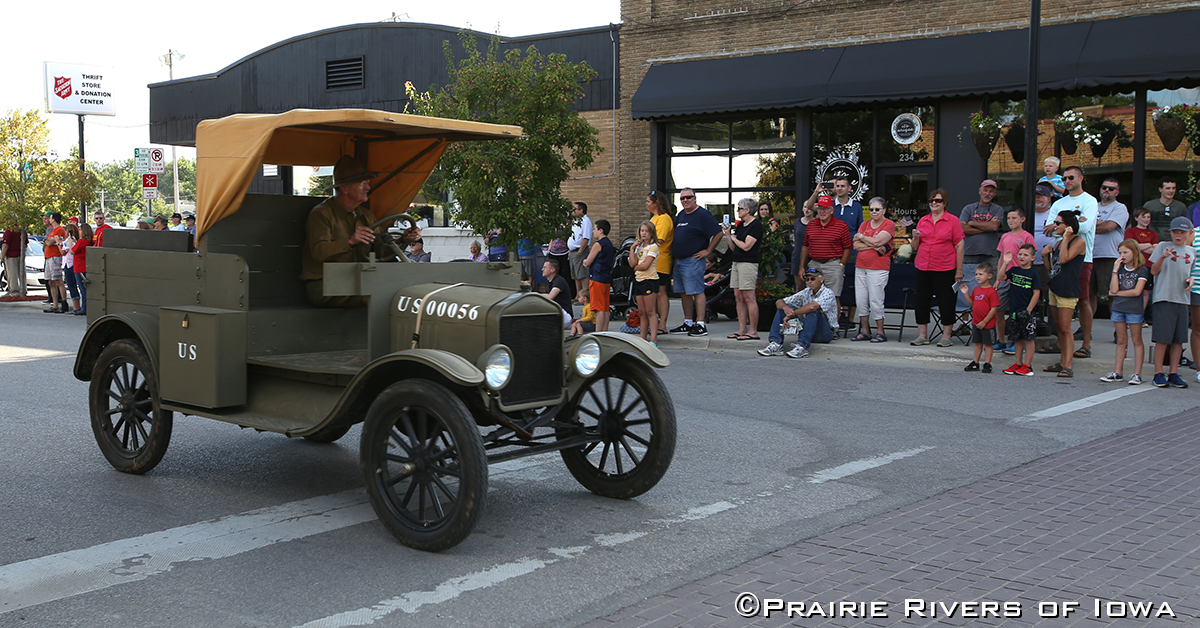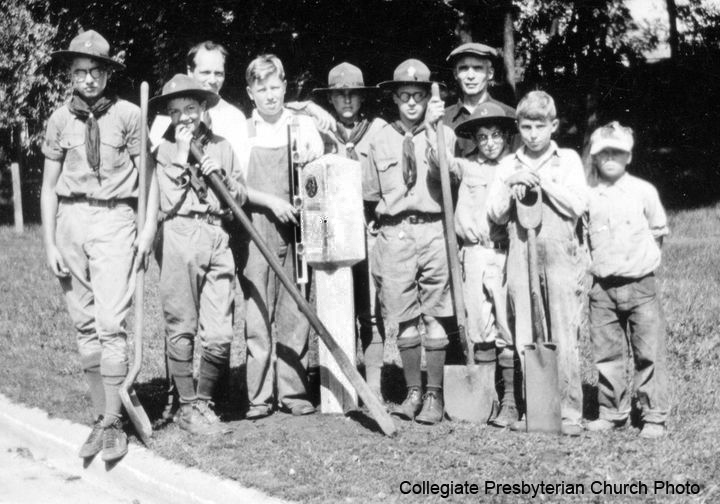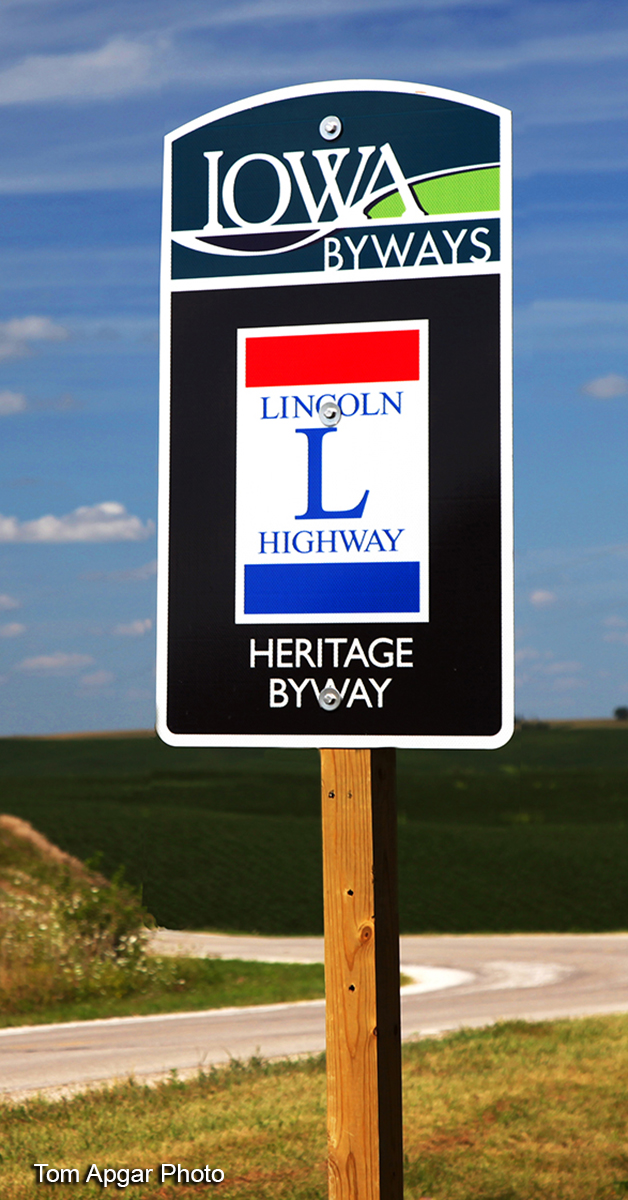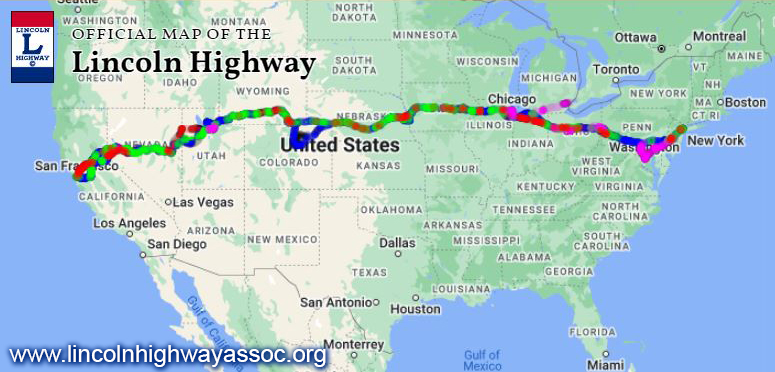From Its Beginnings to Where We Are Today
The Idea
The idea was simple yet big. Carl Fisher wanted to gravel 3,400 miles of road across the US. He planned to use communities to provide the equipment and manpower and in exchange for the work, the communities would receive the material free of charge. To fund the estimated $10 million for materials, Fisher appealed to auto manufacturers and parts companies to donate one percent of their revenues and to sell membership certificates to the public at $5 a person. There was even a timetable for the road to be done by the 1915 Panama-Pacific Exposition so that the host town of San Francisco would be accessible by New York City. Frank Seiberling, founder of Goodyear Tire and Rubber Company, and Henry B. Joy, president of the Packard Motor Car Company, were on board. Joy suggested naming the road after President Abraham Lincoln to gain patriotic support.
The following year on July 1, 1913, the Lincoln Highway Association was officially established and the Coast-to-Coast Rock Highway was given the name: The Lincoln Highway. Joy was the president and Fisher the vice president so it did not appear that it was only one man driving the plan.
The route would be the fastest and most direct route across the country. The Lincoln Highway Association set up consuls in each state who played a role in defining the precise alignment. The preliminary route was announced on Sept. 14th and the first official “contributor’s ticket” (member card) was issued to President Woodrow Wilson on Sept. 19th. With the route being announced, communities were pulling for their towns not to be left out, so the route was adjusted quickly and often but on Oct. 31st, the official route was dedicated so that celebrations could be had to promote the highway.
Henry Ford would not give his support for the plan because he believed that the government should build the roads. Support was low without Ford, so Joy and the Association came up with another promotional plan to generate interest by hosting “Seedling Mile” demonstration projects. The Portland Cement Association was pulled in to donate materials for mile-long paved sections of roadway in hopes of getting work to finish the roads. They were strategically placed near enough for communities to access but far enough that the rough roads had to be traversed to reach them. It was also hoped that this scheme would produce government interest in paved roads with the Lincoln Highway as an example. The first seedling mile was paved by October of 1914 west of Malta, Illinois. Iowa’s official seedling mile located between Mt Vernon and Cedar Rapids wasn’t completed until June 1919.
Publicity & Branding
Several celebrities were drawn in to take trips across the Lincoln to advertise the entertainment industry while promoting the highway. To follow the route, the Lincoln Highway’s signature marked the way on telephone poles with the red band on top and blue on the bottom with the letter L in the center. By the 1920’s the telephone poles sported several roadways’ painted colors. Interest was growing in road trips.
In 1919, to test roads and military mobility, a US Army Convoy of 72 vehicles and 297 men traveled across the Lincoln Highway (having joined up in Gettysburg). Among the men on the trip was a young Lt. Col. Dwight Eisenhower who was greatly affected by the arduous trip. This trip was very heavily publicized and after the comments by the men on board, the government had to take notice.
In 1919, to test roads and military mobility, a US Army Convoy of 72 vehicles and 297 men traveled across the Lincoln Highway. Tama, Iowa shown here.
Military Vehicle Preservation Association 2019 100th Anniversary Transcontinental Motor Convoy on Lincoln Highway Heritage Byway in Iowa.
The Government Gets Involved
The 1920s brought the federal government’s interest in building roads and the creation of numbered U.S. routes. In March 1925, the American Association of State Highway Officials (AASHO) created a federal highway system identifying roadways with the official shield and number. They had now asserted control over the transcontinental route.
The Lincoln Highway Association was no longer needed and ceased operating on Dec 31, 1927 with 42 miles yet to be improved in politically charged Utah. As their last promotional stunt, they enlisted the Boy Scouts to install nearly 2,400 concrete markers along the Lincoln Highway and 4,000 metal signs in what is rumored to be a one-day installation in 1928.
In 1938, by the 25th Anniversary of the Lincoln Highway, the paving of the roadway in Utah was finally underway. But was it still the Lincoln Highway? Or was it a US highway? Was the Lincoln Highway then ever really completed? Or was it an entirely different highway by then? There is a difference. I will let you enjoy the struggle with the argument.
The Rebirth
A group of individuals from seven Lincoln Highway states met on Oct 31, 1992, in Ogden, Iowa, to discuss the need “to identify, preserve and improve access to the remaining portions of the LH and its associated history sites.” They soon formed a revived National Lincoln Highway Association, which today maintains a road map with a 1913 route, 2nd and 3rd generation routes, and auxiliary and detour routes.
In 2006, the Iowa Chapter of the Lincoln Highway Association, along with community leaders, and the Iowa Department of Transportation (IDOT) designated the entire Iowa route as the Lincoln Highway Heritage Byway. This gave the Lincoln Highway visibility through the use of signage along the roadway and a managing entity (Prairie Rivers of Iowa) that would promote the intrinsic qualities of the historical, cultural, and natural resources of the Byway through education and economic improvements.
In 2021, then coordinator, Jan Gammon, with help from the Iowa Lincoln Highway Association, was able to obtain National Scenic Byway status!
In Summary
The popularity that the Lincoln Highway experienced in its beginning has not been matched since. So how can we change the narrative and bring the Lincoln Highway back in people’s mindfulness when we talk about historical roads? At a time when the Lincoln Highway is losing its’ few remaining greatest assets, aging historical structures and bridges, the mindset to value, rehabilitate, and creative reuse is the route to a new narrative for the next 110 years.
So when you see an anniversary date, take a second look. Celebrate it, talk about it, and change the public mindset to value the historical idea. And don’t forget to take a road trip!
Sources
www.fhwa.dot.gov/highwayhistory/lincoln.cfm
www.lincolnhighwayassoc.org/history/
www.iowadot.gov/autotrails/lincolnhighway
Historical Note: Henry Joy wasn’t the first to suggest Lincoln as the name for America’s coast-to-coast highway. Read more here in Brain Butko’s Lincoln Highway News.

